Producer’s Pride Cottage Poultry Hutch, 6 Chicken Capacity
The Producer’s Pride Cottage Poultry Hutch is the perfect home for up to 6 chickens. It’s well-ventilated, durable and offers 2 nesting boxes and 2 roosting bars. When the chickens want to roam and get some exercise, they can head outside via the low entry door.
The Producer’s Pride Cottage Poultry Hutch is the perfect home for up to 6 chickens. It’s well-ventilated, durable and offers 2 nesting boxes and 2 roosting bars. When the chickens want to roam and get some exercise, they can head outside via the low entry door. Plus, this coop is designed to protect against predators and weather, giving you peace of mind that the chickens are safe and comfortable. Add this cottage style poultry hutch to your homestead today.
- 3.7 sq. ft. coop accommodates up to 6 chickens at a time
- Made from high-quality wood with 14 mm thick walls and durable PVC floor to ensure years of use
- Predator-resistant poultry hutch helps keep chickens or ducks safe
- Enclosed with a sturdy asphalt roof to provide shelter from the weather
- 2 nesting boxes with full-access side door and 2 roosting bars for chickens to relax
- Low entry door with 12 in. ramp is perfect for ducks and allows birds to roam freely in and out of the hutch
- Hinged side panel opens for easy sweep out and cleaning
- Two 18.98 in. vents in the front and rear for ample airflow
- Cottage style accents and UV-resistant high-gloss paint give the chicken coop a charming, unique appearance
- Pre-drilled holes and pre-assembled panels help make assembly faster
- Overall dimensions of the chicken coop: 55 in. L x 44.9 in. W x 51.2 in. H (1,397 mm L x 1,140 mm W x 1,300 mm H)
- Total roosting space: 60 in.
- Nesting box size: 12.9 in. x 11 in.
- Coop door size: 27.5 in. x 29 in.
- Weight: 108 lb.
- Made in China
- Warning: This product is designed exclusively for poultry; not intended for children
Additional information
| Coop/Hutch Type | Hutches |
|---|---|
| Door Height | 29 in. |
| Door Width | 27.5 in. |
| Features | Weather Resistant, Removable Floor, UV Resistant |
| Primary Finish | Painted |
| Frame Material | Wood |
| Location of Doors | Side |
| Nesting Area Length | 12.9 in. |
| Nesting Area Width | 11 in. |
| Number Of Doors/Openings | 1 |
| Number Of Levels/Stories | 1 |
| Number of Nesting Areas | 2 |
| Number Of Ramps | 1 |
| Number of Roosting Bars | 2 |
| Primary Color | White |
| Product Height | 51.2 in. |
| Product Length | 55 in. |
| Product Weight | 108 lb. |
| Product Width | 44.9 in. |
| Recommended Number of Animals | 6 |
| Roof Material | Asphalt |
| Roof Style | Pitched |
| Wall Material | Wood |
| Manufacturer Part Number | RIZHAO JJ MANUFACTURING CO LTD |

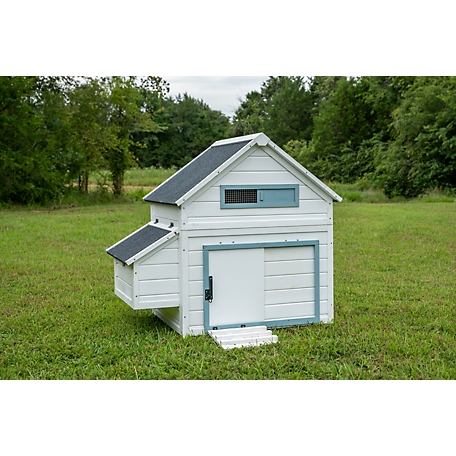

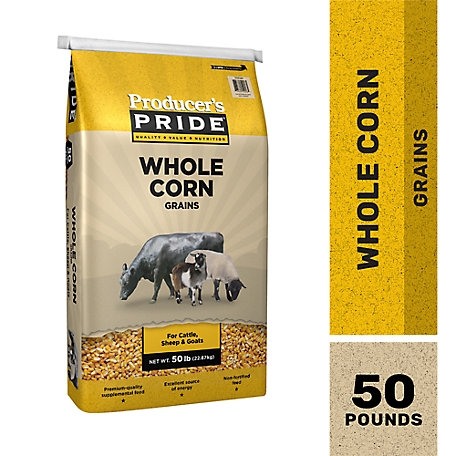


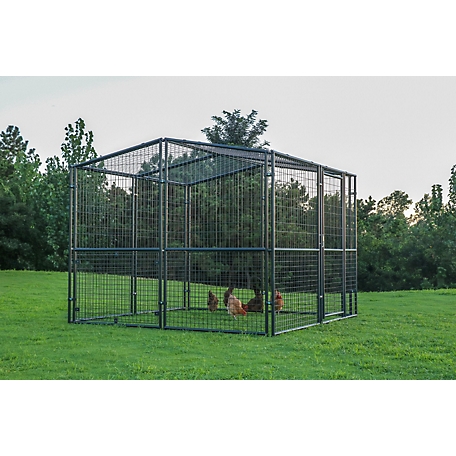
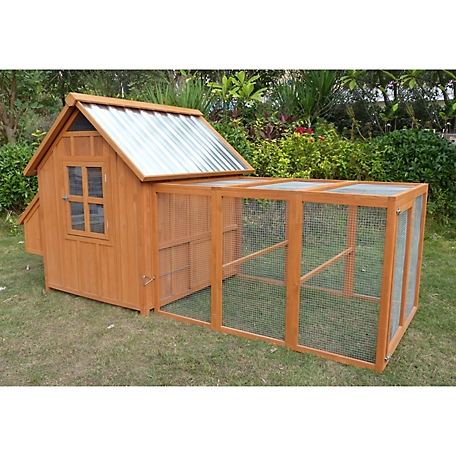

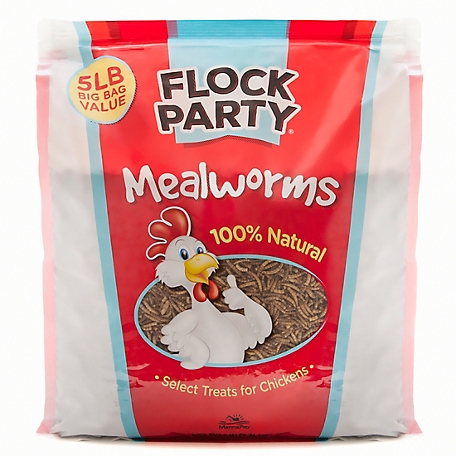
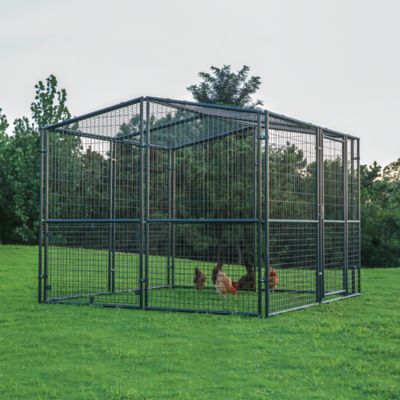
by Pauline
Great house for my 2 pekin ducks (also purchased at Tractor Supply)
by Sheri
Little coop works as intended. It had some craftsmanship “flaws” like a board on top was too short to be flush as intended (so we bought and added shingles for protection from water getting in) and the large door has those small slide bolts which don’t line up perfectly so there’s a little lifting and maneuvering to lock that one. But overall it will fit a couple of chickens or a broody mommy and some hatchlings.
by Diette
The coop was solid and easy to build